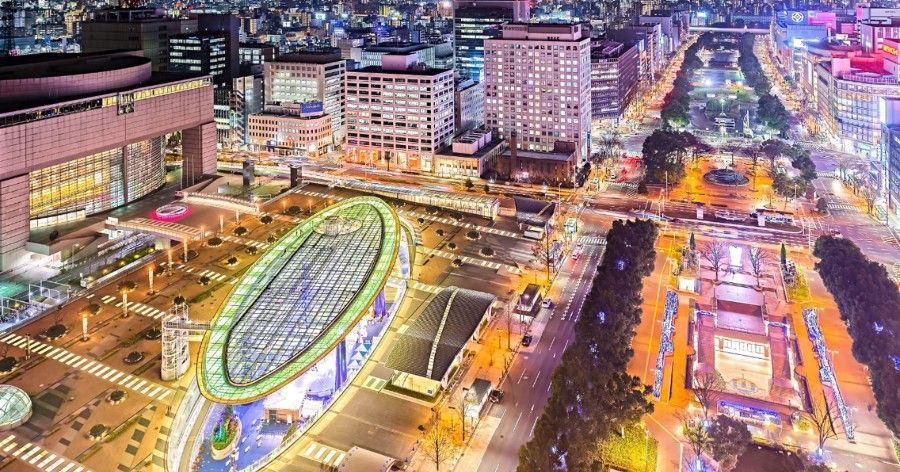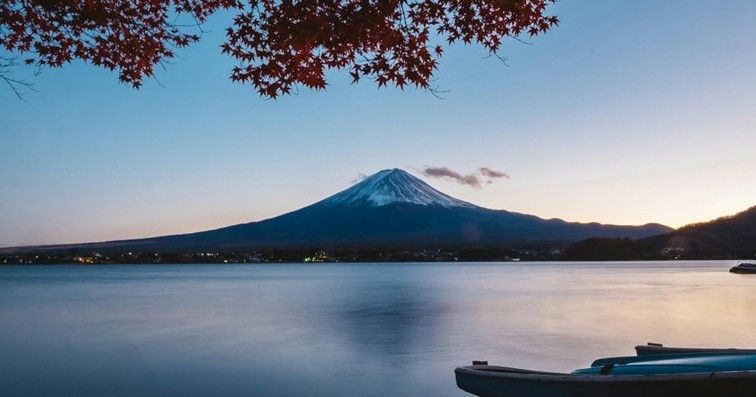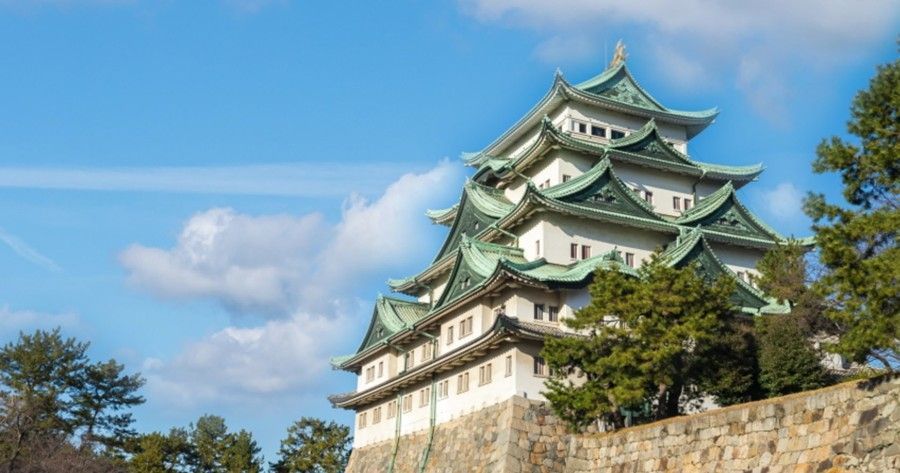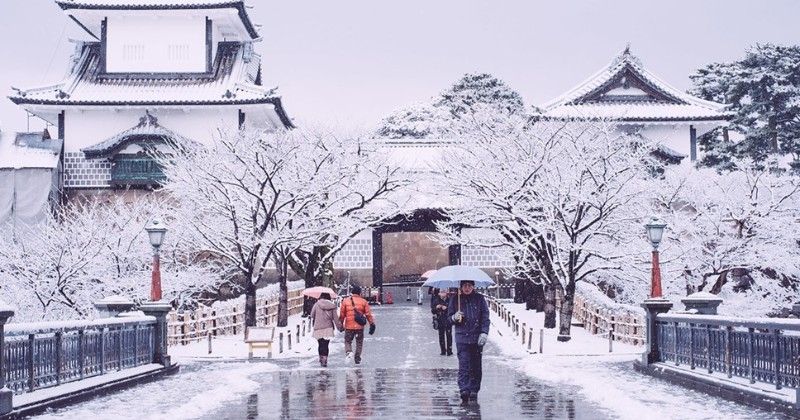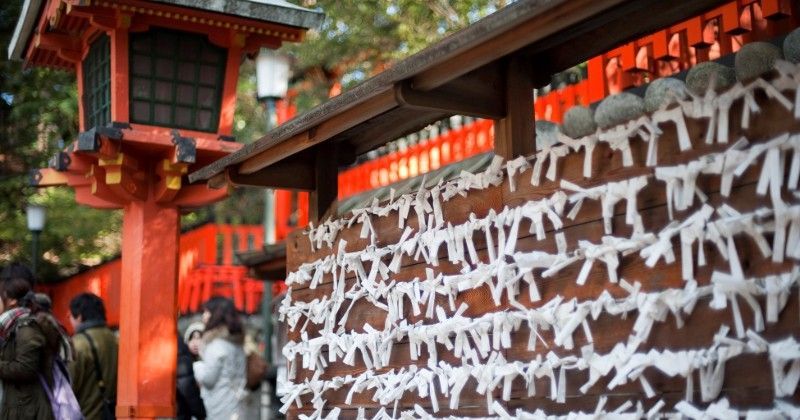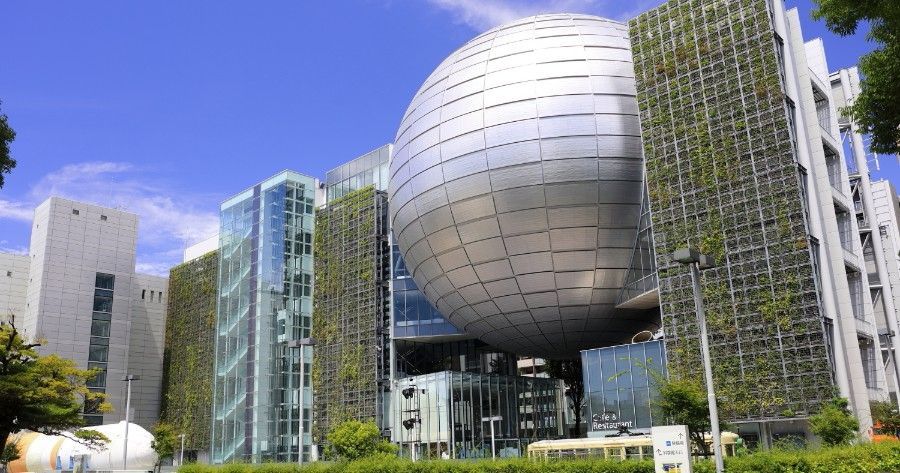Sakura and Hanami: Celebrating the Beauty of Cherry Blossoms in Japan
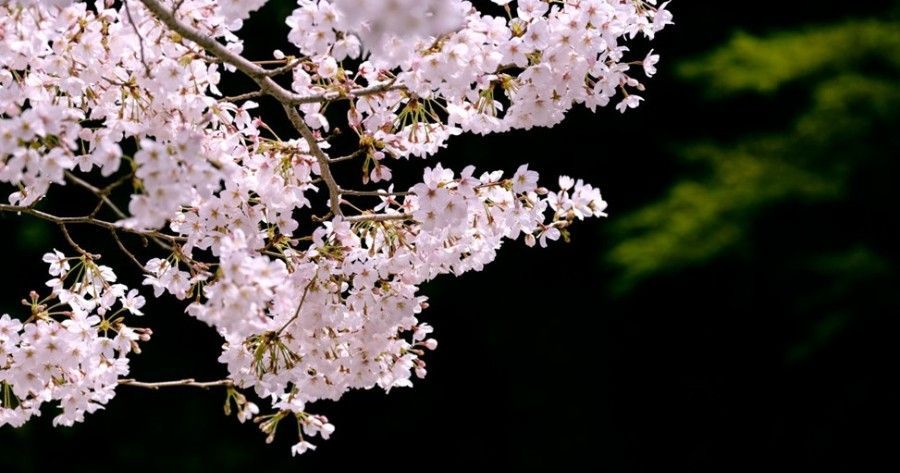
Every spring, Japan transforms into a breathtaking landscape of delicate pink and white blossoms as the cherry trees, or sakura, come into full bloom. This natural spectacle is not only a visual delight but also a deeply rooted cultural tradition known as hanami, which translates to "flower viewing." Let's explore the significance of sakura and hanami, their history, and how they are celebrated today.
The Significance of Sakura
Sakura, or cherry blossoms, are more than just beautiful flowers in Japan; they are a symbol of the transient nature of life. The blossoms' fleeting beauty, lasting only a week or two, serves as a poignant reminder of the impermanence of all things. This concept, known as "mono no aware," is a central theme in Japanese culture, emphasizing the beauty of the ephemeral.
Cherry blossoms have been celebrated in Japan for over a thousand years, with their earliest mentions dating back to the Nara period (710-794). Initially, sakura was associated with the aristocracy and featured prominently in poetry and art. Over time, the appreciation of cherry blossoms spread to all levels of society, becoming a beloved national symbol.
The Tradition of Hanami
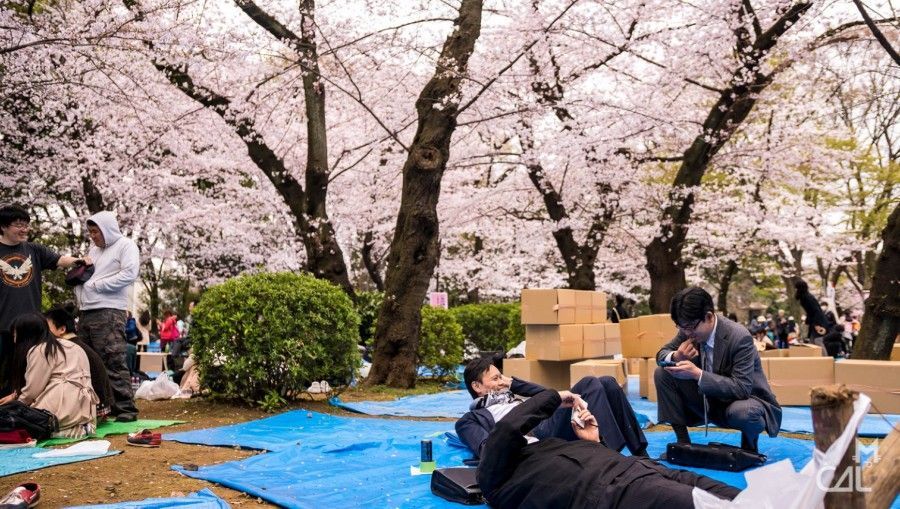
Hanami, or flower viewing, is the practice of enjoying the beauty of cherry blossoms. This tradition dates back to the Heian period (794-1185), when the imperial court would hold elaborate feasts under the blooming cherry trees. Today, hanami is a popular activity for people of all ages and backgrounds, bringing communities together to celebrate the arrival of spring.
During hanami, people gather in parks, gardens, and other scenic spots to have picnics under the cherry trees. These gatherings often include food, drinks, music, and games, creating a festive atmosphere. Hanami can be a daytime event, known as "hiru-hanami," or an evening affair, called "yozakura," where the blossoms are illuminated by lanterns or lights, adding a magical touch to the experience.
Hanami Spots in Japan
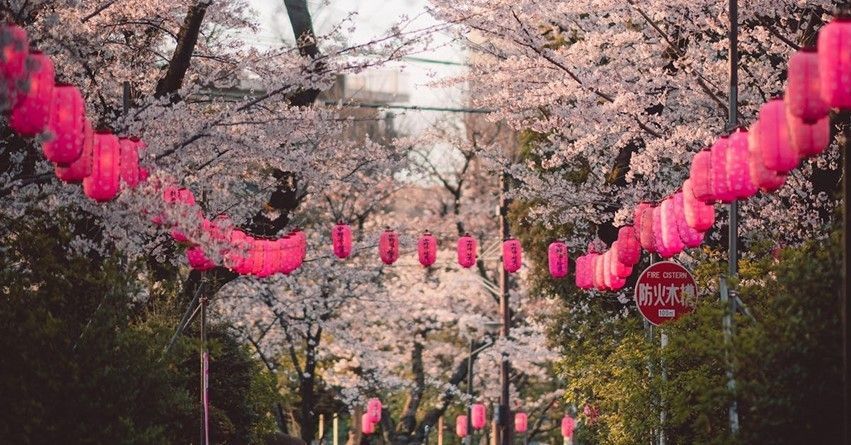
Japan is home to countless hanami spots, each offering a unique and picturesque setting for cherry blossom viewing. Some of the most famous locations include:
Hanami Etiquette
While hanami is a time for celebration and enjoyment, there are certain etiquettes to keep in mind to ensure a pleasant experience for everyone:
- Respect the Trees: Avoid shaking or climbing the cherry trees, as this can damage the delicate blossoms. Be mindful of where you place your picnic blanket to avoid trampling on the roots.
- Clean Up: Make sure to clean up after yourself and dispose of trash properly. Many hanami spots provide designated trash areas, so use them to keep the environment clean.
- Be Considerate: Hanami spots can get crowded, so be considerate of others by keeping noise levels down and sharing space. If you're using a large picnic blanket, try to fold it to a smaller size to accommodate more people.
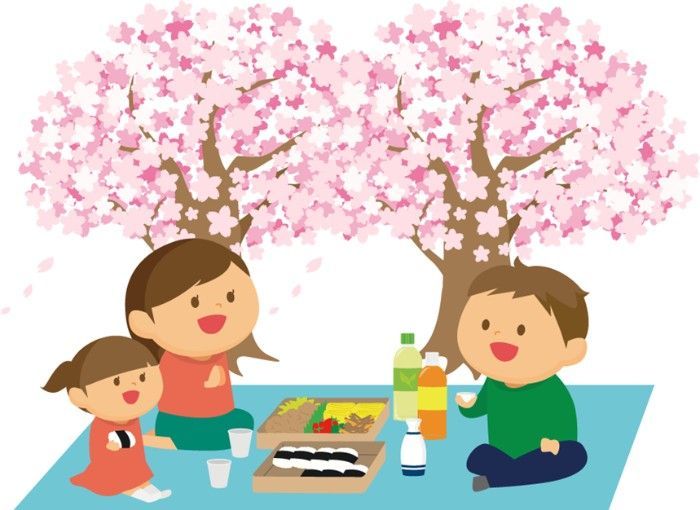
Modern Hanami Celebrations

In recent years, hanami has evolved to include various modern elements, blending traditional customs with contemporary trends. For example, many people now enjoy hanami parties with themed decorations, gourmet food, and even hanami-inspired fashion. Social media has also played a significant role in popularizing hanami, with people sharing their cherry blossom experiences and favourite spots online.
Additionally, hanami festivals and events are held across Japan, featuring live performances, food stalls, and cultural activities. These festivals provide an opportunity for both locals and visitors to immerse themselves in the joyous spirit of hanami.
Conclusion
Sakura and hanami are integral parts of Japanese culture, symbolizing the beauty and transience of life. The tradition of hanami brings people together to celebrate the arrival of spring and appreciate the fleeting beauty of cherry blossoms. Whether you're enjoying a picnic under the blossoms, attending a hanami festival, or simply taking a stroll through a cherry tree-lined path, the experience of hanami is a cherished and unforgettable one.
So, as the cherry blossoms bloom this spring, take a moment to pause and appreciate their delicate beauty. Join in the hanami celebrations and create lasting memories with friends and family. After all, the magic of sakura is best enjoyed together.






